Conservation in Practice with the US Fish and Wildlife Service
Using the Conservation Standards to manage diverse habitats
by USFWS Refuge System
The San Francisco Bay area is a beautiful location that serves as an important region for migratory birds and other protected wildlife. These animals find refuge among the area’s expansive US Wildlife Refuge system, which encompasses seven distinct National Wildlife Refuges, each with unique habitats, including coastal sand dunes, tidal marsh ecosystems, offshore rocky islands, and vernal pool habitats. These refuges played a vital role in the conservation and restoration of migratory birds, protection of endangered species, and provided valuable opportunities for people to connect with nature.
Within the intricate network of these seven National Wildlife Refuges, prioritizing and coordinating conservation efforts was crucial. Anne Morkill, a former National Wildlife Refuge manager for the US Fish and Wildlife Service, and her team used the Conservation Standards, which proved to be an indispensable tool for Anne and her team. With varying levels of staffing and expertise across the refuges, it was necessary to establish work plans, measurable objectives, and evaluation processes. The Conservation Standards provided a solid framework to guide decision-making, ensuring efficient allocation of resources and maximum impact.
Given the highly urbanized nature of the San Francisco Bay area, collaboration with partners became essential for achieving conservation goals. The Conservation Standards helped clarify priorities, identify funding opportunities, and establish grants tailored to specific needs. Anne emphasizes that collaboration was not limited to financial support. By aligning priorities, working together, and leveraging each other’s strengths, partnerships enabled a comprehensive approach to conservation, benefiting both wildlife and the community.
In addition to conservation efforts, the National Wildlife Refuges served as important educational and recreational spaces. These Refuges are significant places for people to learn about wildlife and engage in various recreational activities. By employing the Conservation Standards, the refuges were managed effectively, providing enriching experiences and opportunities for visitors to appreciate and connect with nature.
Wildlife dependent on the San Fransisco Bay Refuge System
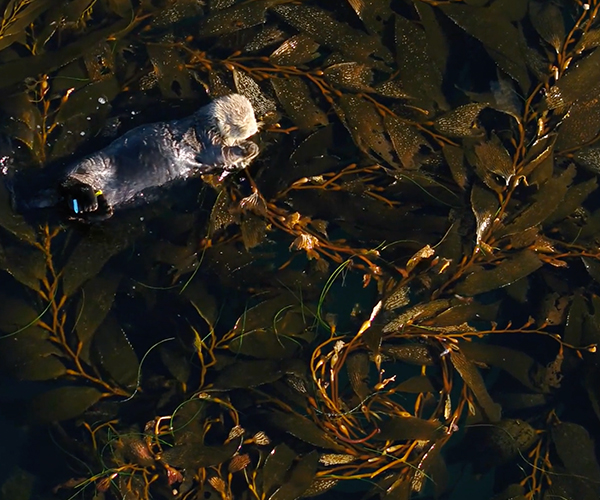
Sea otter
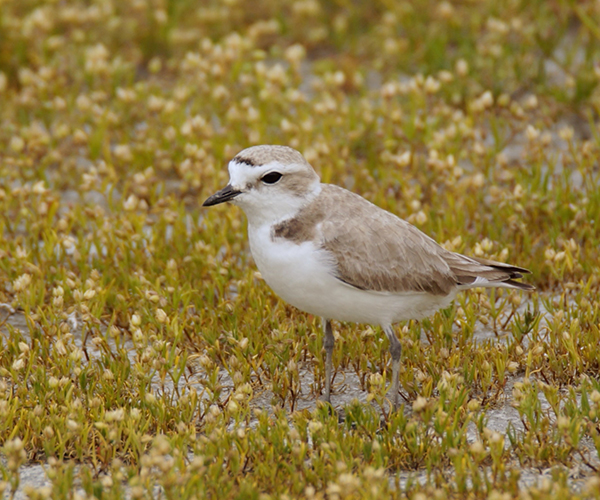
Plover
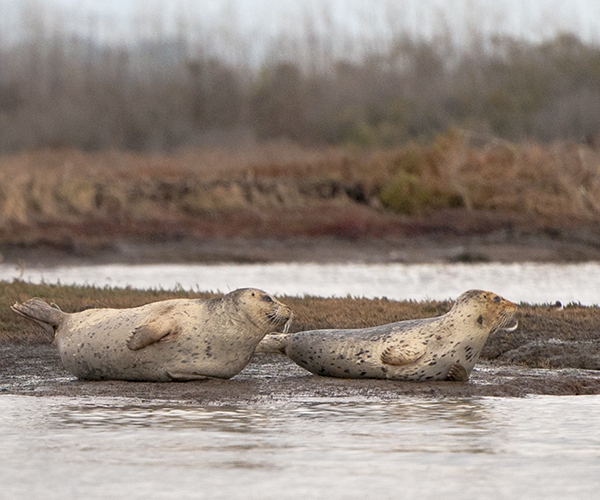
Harbor seals
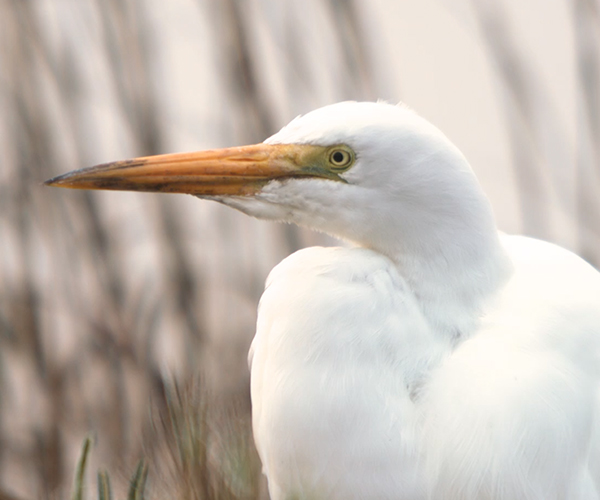
Great egret
More about the USFWS Refuge System
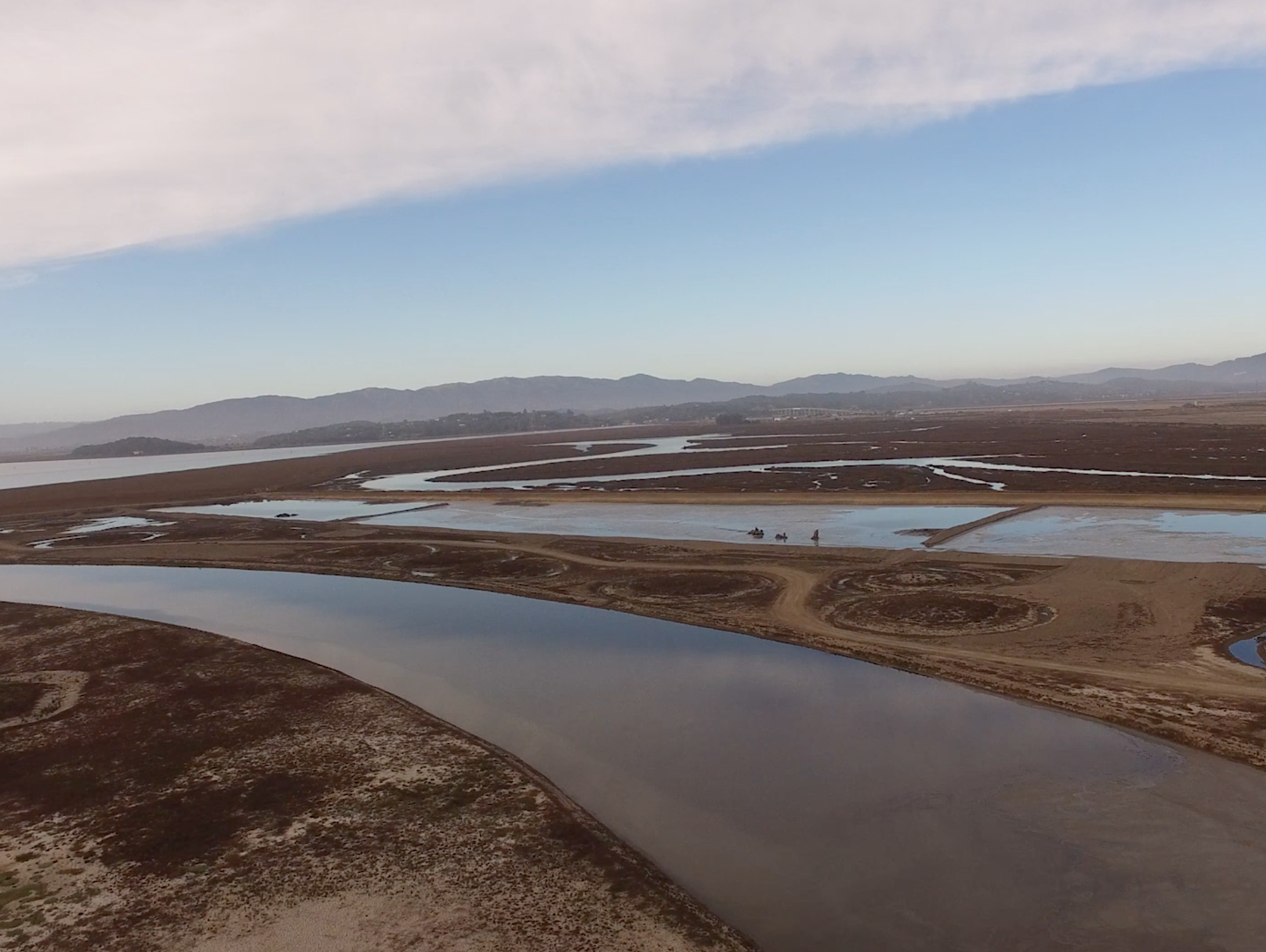
Each unit of the Refuge System — whether it is a wildlife refuge, a marine national monument, a conservation area or a waterfowl production area — is established to serve a statutory purpose that targets the conservation of native species dependent on its lands and water. All activities on those acres are reviewed for compatibility with this statutory purpose.
The Refuge System deploys a host of scientifically sound management tools to address biological challenges. These tools, which range from active water management to wilderness character monitoring, all are aimed at ensuring a balanced conservation approach that enables wildlife and people to thrive.
Download CS
The Conservation Standards is the product of inputs, field tests, and discussions among members of the Conservation Measures Partnership (CMP), which has final editorial authority over the Conservation Standards. Substantial input was also provided by members of the Conservation Coaches Network (CCNet) and other CMP partners.
Photo Credit: Felix Cybulla
Support CS
The biodiversity conservation community is tackling large, complex, and urgent environmental problems where the stakes are high. However, we don’t have a fully functional system to assess the effectiveness of our actions. Without more rigorous measurement of effectiveness and disciplined recording of our efforts, we cannot know or demonstrate that we are achieving desired results.
Photo Credit: Felix Cybulla
Our Collaborators
Every organization, agency, project, and individual has its own preferred set of terms. There is no right answer – the most important thing is that the members of your project team and the people with whom you work have a clear and common understanding of whatever terms you choose to use.
Photo Credit: Chris Scarffe
Contact Us
To inquire about supporting Conservation Standards (CS) or for general inquiries, please contact us at CMPinfo@ConservationMeasures.org
Photo Credit: Nature Conservancy of Canada
